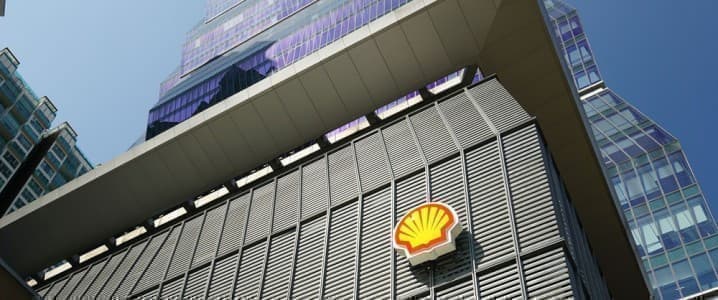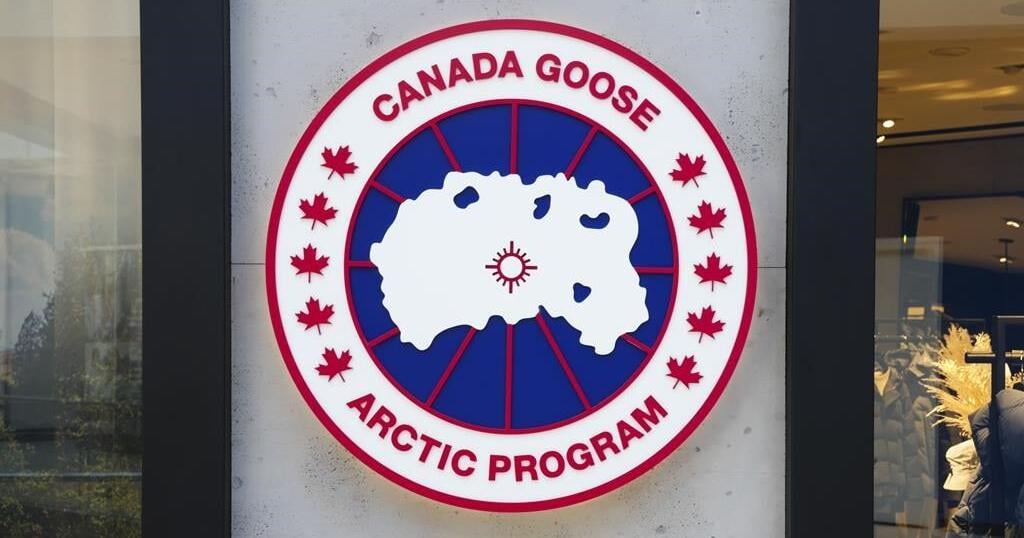A newly set up state Russian company will take over the rights and obligations of Sakhalin Energy Investment Co., the joint venture running the Sakhalin-2 oil and gas project, Reuters reported today.
This could mean a forced exit from the project for Shell and Japan’s Mitsui and Mitsubishi, which are minority shareholders in Sakhalin Energy Investment Co.
Shell already said it would leave the project a few months ago and has since then been looking for buyers for its stake in Sakhalin-2. According to earlier reports, a sale could be made to a group of Indian companies.
The Japanese companies, however, have not announced intentions to leave the project. In fact, earlier this year, Japan’s economy, trade and industry minister, Koichi Hagiuda, said that the Sakhalin-1 and Sakhalin-2 projects “are essentially important for energy security because the projects allow Japan to procure supplies below the market price, especially amid current high energy prices.”
Despite its participation in Western sanctions against Russia, Japan continues to buy liquefied natural gas from Sakhalin-2. Although it has stated its intention to step up the intake from alternative sources, a complete suspension of Russian energy imports seems unlikely at this point.
Japan has also signaled it had no intention of leaving the energy projects in Russia that it participates in, but following the latest news, it might be forced to do so.
Reuters noted in its report that Mitsubishi was discussing the presidential decree that contained the ownership change with its partners in Sakhalin-2.
The project, per Reuters, accounts for 4 percent of the global annual supply of liquefied natural gas. Its main buyers are Japan—until recently the world’s biggest LNG importer—as well as China and South Korea, which also buy oil from the Sakhalin-2 development.
According to some analysts, the exit of the Western and Asian partners will eventually lead to tighter LNG supply due to the lack of expertise and parts. At the same time, selling the gas would become harder because of the state’s control of the project, Saul Kavonic from Credit Suisse told Reuters.
By Irina Slav for Oilprice.com
More Top Reads From Oilprice.com:


























